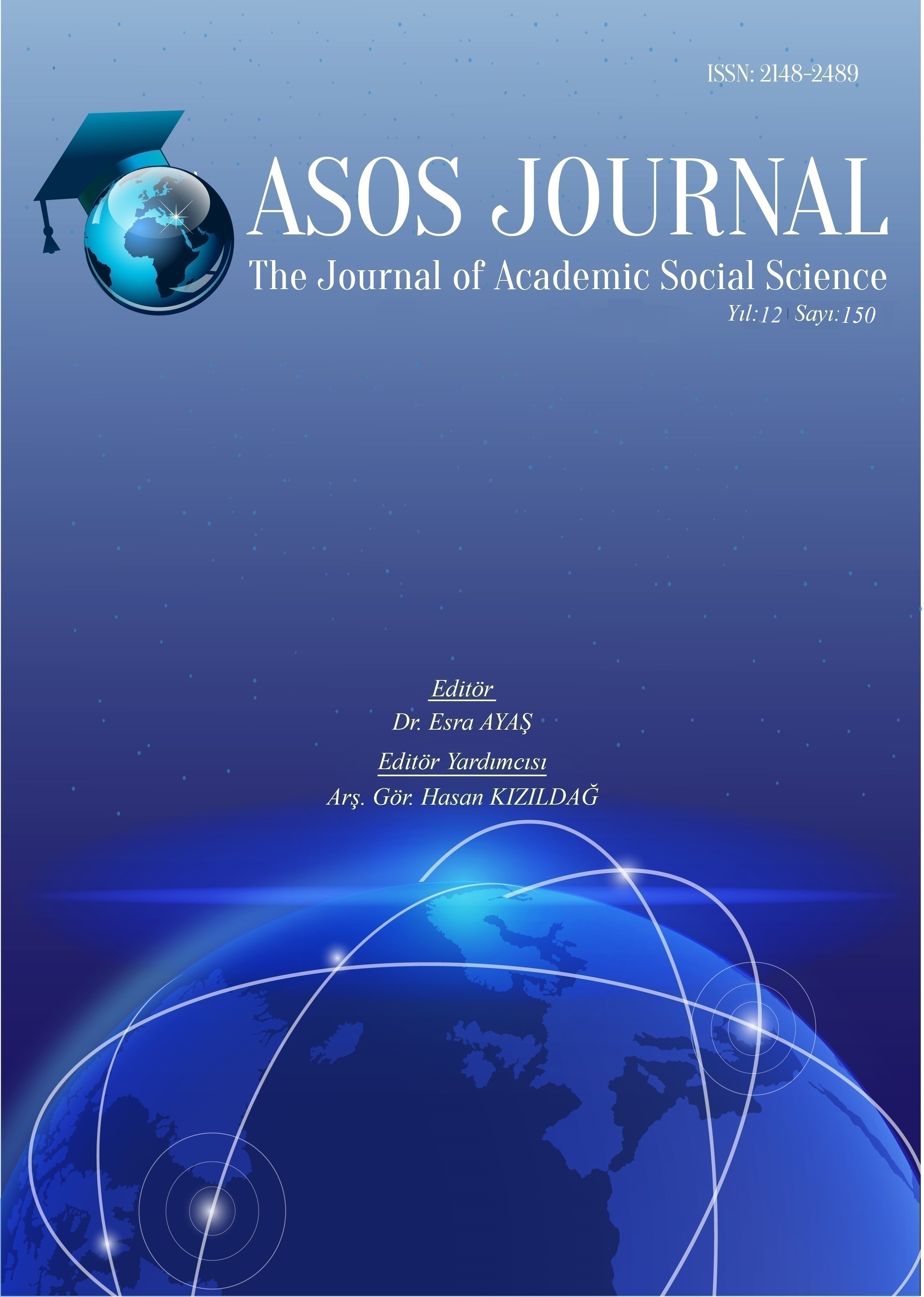COVID-19 SÜRECİNDE HEMŞİRELİK ÖĞRENCİLERİNİN TAMAMLAYICI VE ALTERNATİF TEDAVİ YÖNTEMLERİNE İLİŞKİN BİLGİ, TUTUM VE DAVRANIŞLARI
Author :
Abstract
Amaç: Bu çalışmanın amacı hemşirelik öğrencilerinin COVID-19 salgını döneminde tamamlayıcı ve alternatif tedavi yöntemlerine ilişkin bilgi, tutum ve davranışlarını incelemektir.Yöntem: Tanımlayıcı tipteki bu çalışma Ekim 2021-Ocak 2022 tarihleri arasında yapılmıştır. Araştırmanın evrenini Orta Karadeniz Bölgesinde yer alan bir üniversitenin 2021-2022 eğitim-öğretim yılında öğrenim gören 450 hemşirelik öğrencisi oluşturmaktadır. Örneklem seçimi yapılmamış olup, araştırmaya katılmayı kabul eden, izinli olan ve raporu olmayan 330 öğrenci olasılıksız olarak çalışmaya dahil edildi. Araştırmada veriler “Kişisel Özellikler Bilgi Formu” ve “Bütünsel Tamamlayıcı ve Alternatif Tıp Anketi” kullanılarak toplandı.
Bulgular: Katılımcıların yaş ortalaması 20,69±1,88 (min-maks: 18-34) yıl olup, %72,1'i kadın, %33,0'ı 3. sınıf öğrencisidir. Katılımcıların en çok bilgi sahibi oldukları tamamlayıcı ve alternatif tedavi yöntemleri sırasıyla %40,3 ile masaj, %28,8 ile diyet desteği ve %28,5 ile meditasyon oldu. Katılımcıların Bütünsel Tamamlayıcı ve Alternatif Tıp Anketi puan ortalaması 26,98±5,93 (min:11, max:45) idi. Pandemi öncesinde yalnız yaşayanlarda, eğitim alanlarda, tamamlayıcı ve alternatif tedavi yöntemlerinin etkinliğine inananlarda tamamlayıcı ve alternatif tedavi yöntemi kullanımının anlamlı düzeyde yüksek olduğu belirlendi (p<0,05). Pandemi döneminde kadınlarda, yalnız yaşayanlarda, eğitim alanlarda, tamamlayıcı ve alternatif tedavi yöntemlerinin etkinliğine inananlarda anlamlı düzeyde yüksek olduğu görüldü (p<0,05). COVİD-19 sürecinde cinsiyet, sınıf, tamamlayıcı ve alternatif tedavi kullanımı ile Bütünsel Tamamlayıcı ve Alternatif Tıp Anketi puan ortalamaları arasında istatistiksel olarak anlamlı fark bulunmaktadır (p<0,05). Katılımcıların yaş grupları ile ölçekten aldıkları puan ortalamaları arasında anlamlı bir fark bulunmadı (p>0,005).
Sonuç ve Öneriler: Bu çalışmada hemşirelik öğrencilerinin tamamlayıcı ve alternatif tedavi yöntemlerine yönelik olumlu tutumlara sahip oldukları belirlendi. Hemşirelerin bakım verdikleri bireylerin kullandıkları tamamlayıcı ve alternatif tedavi yöntemlerini belirleme ve kullanılan yönteme bağlı olarak rehberlik etme konusunda eğitim almış olmaları gerekmektedir. Hemşirelik eğitimi müfredatında tamamlayıcı sağlık uygulamalarına yer verilmesi önerilmektedir.
Keywords
Abstract
Objective: The aim of this study is to examine the knowledge, attitudes and behaviours of nursing students regarding complementary and alternative treatment methods during the COVID-19 pandemic.
Method: This descriptive study was conducted between October, 2021 and January, 2022. The population of the research consists of 450 nursing students studying in the 2021-2022 academic year of a university located in the Central Black Sea Region. Sample selection wasn’t made, and 330 students who agreed to participate in the study, who were on leave and did not have a report, were included in the study without probability. In the study, data were collected using “the Personal Characteristics Information Form”, and “the Holistic Complementary and Alternative Medicine Questionnaire”.
Results: The participants had a mean age of 20.69±1.88 (min-max: 18-34) years, with 72.1% being women and 33.0% being 3rd year students. The complementary and alternative treatment methods that the participants were most knowledgeable about were massage with 40.3%, dietary support with 28.8%, and meditation with 28.5%, respectively. The mean Holistic Complementary and Alternative Medicine Questionnaire score of the participants was 26,98±5,93 (min:11, max:45). Before the pandemic, the use of complementary and alternative treatment method was found to be significantly higher in those who lived alone, those who received education, and those who believed in the effectiveness of complementary and alternative treatment methods (p<0.05). During the pandemic, it was found to be significantly higher in women, those who lived alone, those who received education, and those who believed in the effectiveness of complementary and alternative treatment methods (p<0.05). There is a statistically significant difference between the gender, class and use of complementary and alternative treatment during COVID-19 process, and the mean scores of Holistic Complementary and Alternative Medicine Questionnaire (p<0.05). There was no significant difference between the age groups of the participants and the mean scores of the scale (p>0.005).
Conclusion and Recommendations: In this study, it was determined that nursing students have positive attitudes towards complementary and alternative treatment methods. Nurses should have received training to determine the complementary and alternative treatment methods used by the individuals they care for and to provide guidance depending on the method used. It is recommended to include complementary health practices in the nursing education curriculum.





